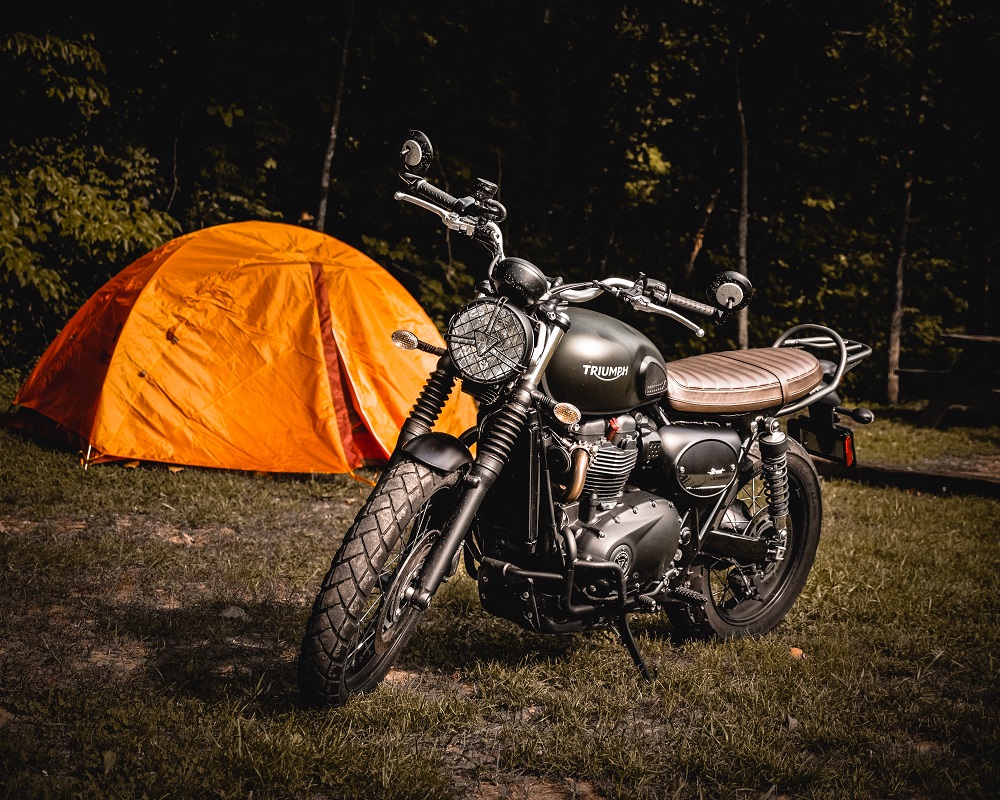
Motorcycle camping on a long ride or a weekend trip can enhance the experience of travel in several different ways. The freedom to choose a spot for the night, the independence, and the connection with nature as you fall asleep to the sounds of a forest or a river nearby add so much magic to the adventure. How on earth do you begin if you have never camped on your motorcycle trips? Here’s a quick guide to motorcycle camping for women riders.
Motorcycle Camping Gear
When it comes to motorcycle camping gear, there is one simple rule of thumb you can stick to when shopping for tents, sleeping bags, and cooking equipment: Follow the trends in the backpacking world. Choose gear that is as light as possible and packs as small as possible. Even though your motorcycle is carrying the weight of the gear instead of your own two feet, overpacking your bike and making it heavier only serves to disrupt the balance and performance when out on the open road.
There are so many outdoor gear brands out there, and different travelers recommend different gear, so I’m not going into specific brands of camping gear. Just like choosing your motorcycle and riding apparel, camping gear is an individual choice. While some brands offer better quality, while other brands focus on durability and others focus on competitive prices, the one thing that matters most is the weight and the space it takes up. On a motorcycle, you have limited space and you do not want to carry heavy items as this can affect the handling of the bike. Light is always right, and the smaller your gear packs up, the less hassle it will be to carry everything on your vehicle.
Weather, Location, and Terrain
Another important aspect to consider when choosing your motorcycle camping gear is where are you headed. If you’re riding to the mountains, you’ll need a tent that is waterproof as well as a warmer sleeping bag and a thick sleeping pad or mattress to keep you warm. If you are going somewhere hot and humid, you’ll need a tent that has a mosquito net and is made from breathable material. If you will be camping on a hard, rocky surface, you’ll need a tent that does not require tent pegs to secure it. Take a look at your route and some of your potential camping spots, check the weather forecast and choose motorcycle camping gear that will best suit the area and the climate.
I have a tip about what size tent to travel with: in general, plan for a +1. What I mean by that is if you are planning on traveling solo, get a 2-person tent. This gives you room inside your tent for your gear. If you’re planning on motorcycle travel with a partner, get a 3-person tent. It may be tempting to leave your jacket hung on your bike for the night, but I’ve learned through encounters with ants, raccoons, and scorpions that it’s always best to keep your riding kit inside the “safety zone” of your zipped-up tent. I’d also suggest always putting your boots under the rain fly of your tent, or even inside with you. Carry an extra plastic bag or two in case they’re muddy, but there’s nothing worse than putting in cold, wet boots first thing in the morning after a rainstorm suddenly whipped up while you were asleep.
Choosing Your Camping Spot
If you talk to women riders who travel solo, they will all share one golden rule about picking a camping spot: either camp in an organized campground where there will be other campers around or do the complete opposite and pitch your tent somewhere remote enough that nobody will know where you are. In the first scenario, you are protected by other campers surrounding you, and in the latter, you are simply blending into the surroundings and staying off the radar.
When it comes to organized campgrounds versus wild camping, the choice is entirely up to you and your personal comfort. If you feel better with other people around and need at least some basic amenities such as a shower or a shared kitchen, an organized campsite is the way to go. Wild camping, on the other hand, is perfect for those seeking solitude and quiet. Just remember to always do your research and make sure that wild camping is legal in the area you are traveling to. There’s nothing worse than being woken up in the middle of the night by strangers asking you to move out.
Safety Concerns on a Motorcycle Camping Trip
Safety is of utmost importance on any motorcycle trip, and as women riders, we may sometimes face risks that our male counterparts do not. Carrying a SPOT or an InReach device is a good idea, especially if you are headed in a remote area. This way, your loved ones or your friends can track your route and, if need be, call for help.
If you are traveling somewhere where wildlife is abundant, be mindful of how you store your food. I once left my trail mix in my soft luggage and in the morning found my luggage ripped to shreds by raccoons. I also suggest carrying a small can of bear spray when camping in bear country….it also works well as a people repellent! Most developed campsites in known animal nuisance areas will offer secure metal containers for your food to keep curious critters from trying to enter your tent or motorcycle panniers while you’re sleeping.
Always tell your friends or family exactly where you are going and set up a time to check in with them. If you are venturing into the more remote areas, tell them to raise an alarm if you do not check in with them by a given time. So also always have your phone fully charged, and keep your loved ones posted on your whereabouts and changes in your travel plans.
I personally think that a motorcycle camping trip is the perfect getaway. If you pack light and choose quality camping gear that suits the climate of the area you are exploring on your bike, motorcycle camping can be quite comfortable. Know that as a beginner camper you’re going to make mistakes…a lot of the advice here in this article comes from mistakes I’ve made along the way. The best thing to do is to just get started…knowing you’re going to make mistakes and learn along the way will hopefully give you some grace from having to get it “perfect” the first time out. Besides, all those first-time camping mistakes make for great stories later on.

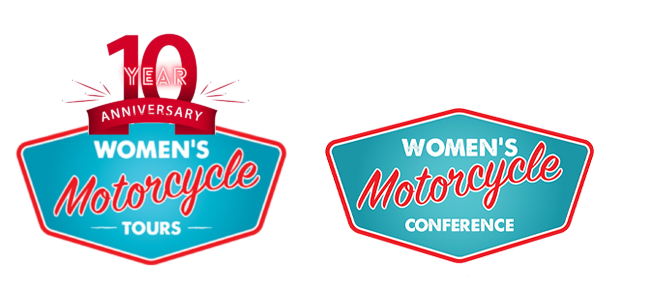
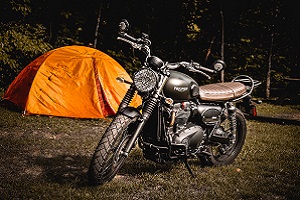
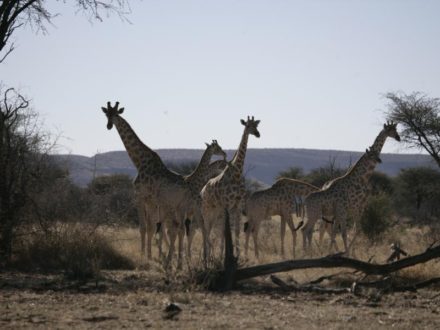
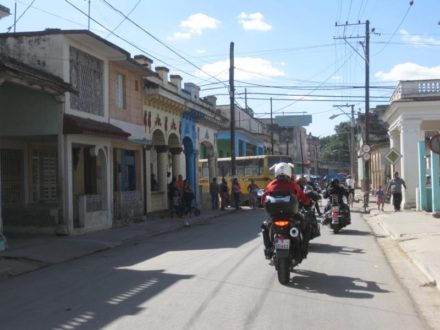
Comments